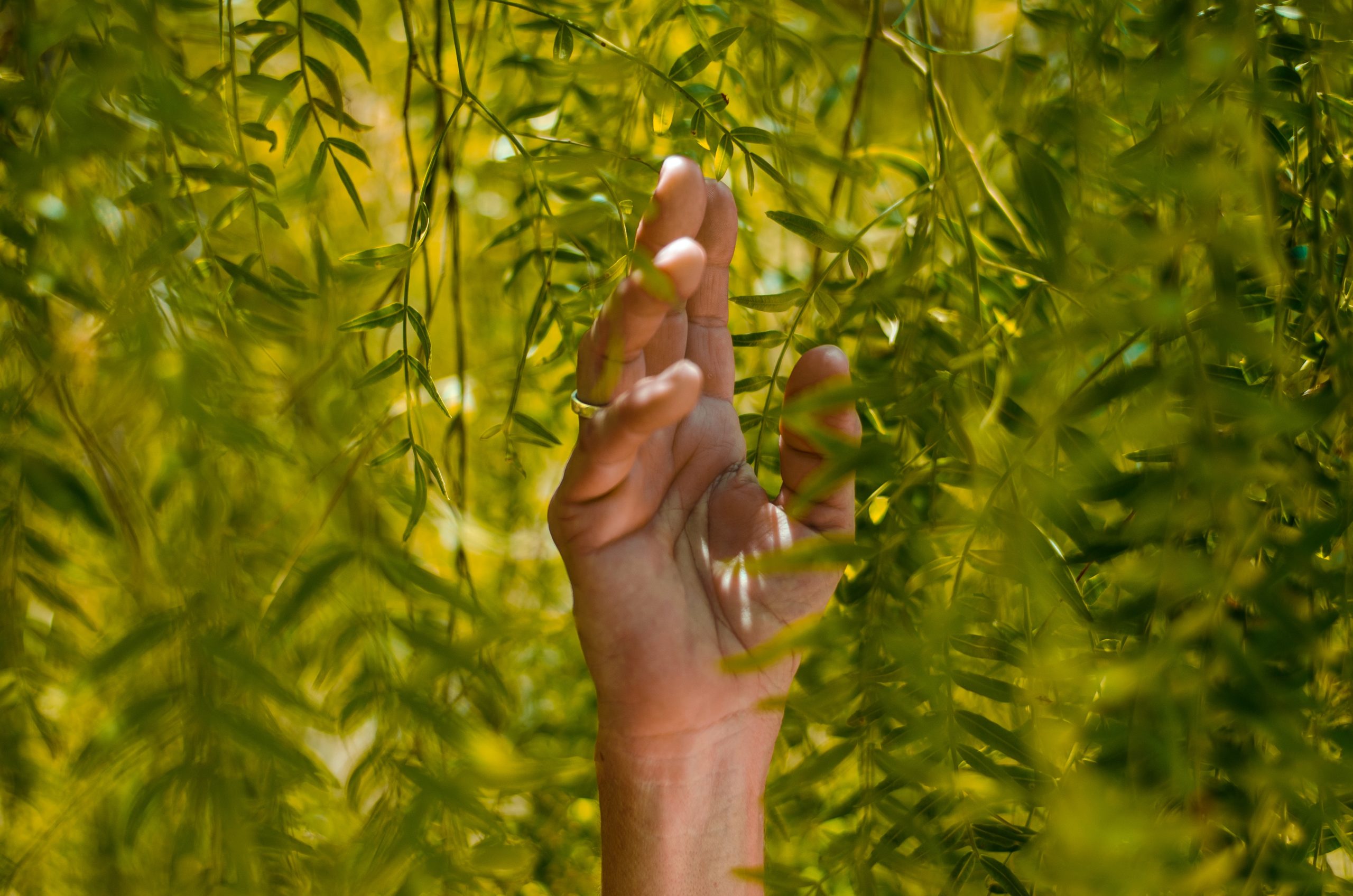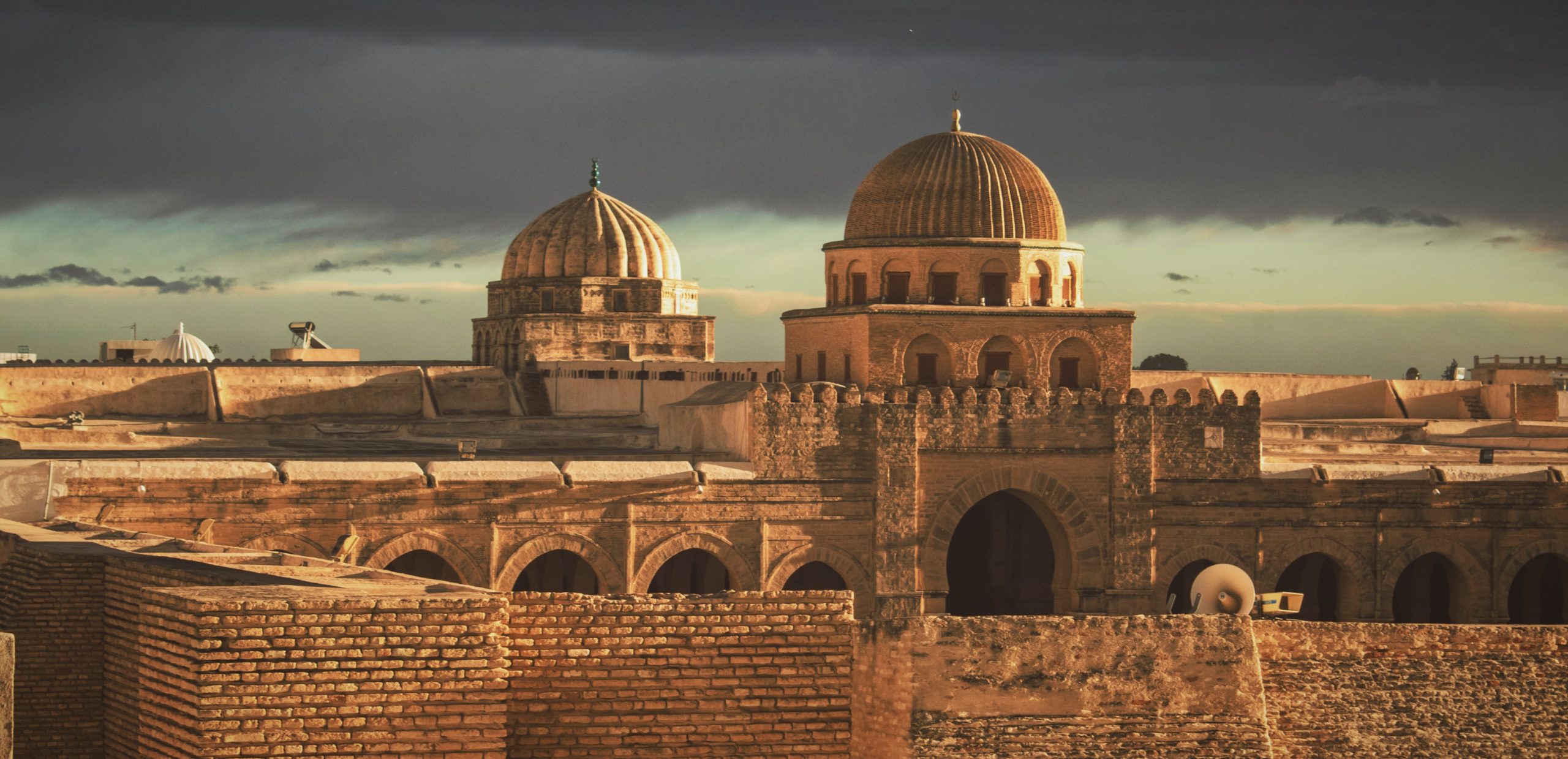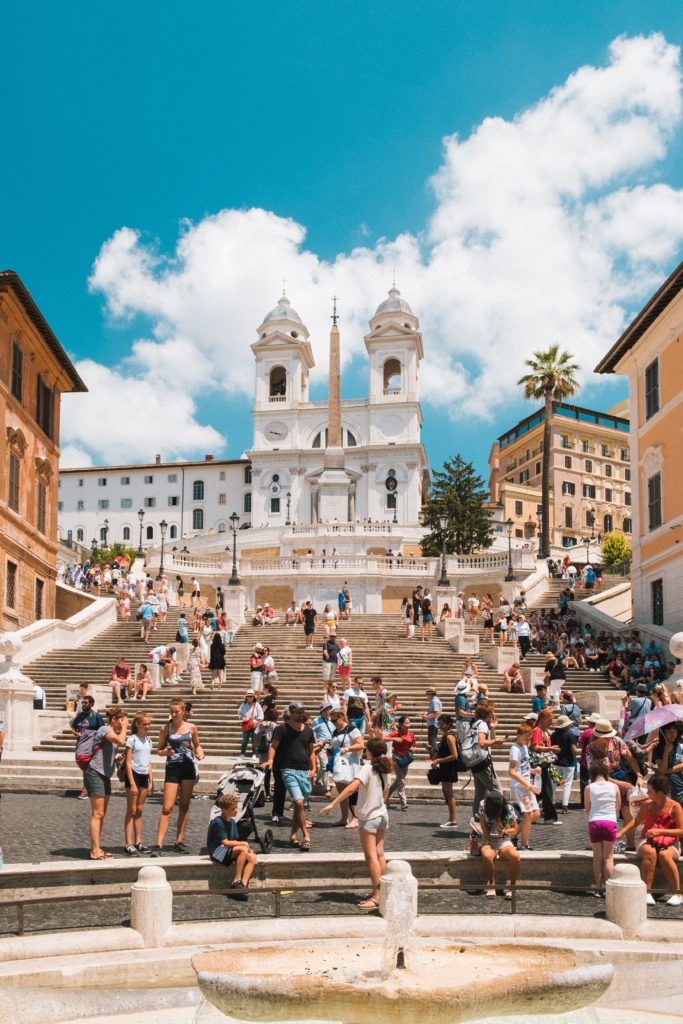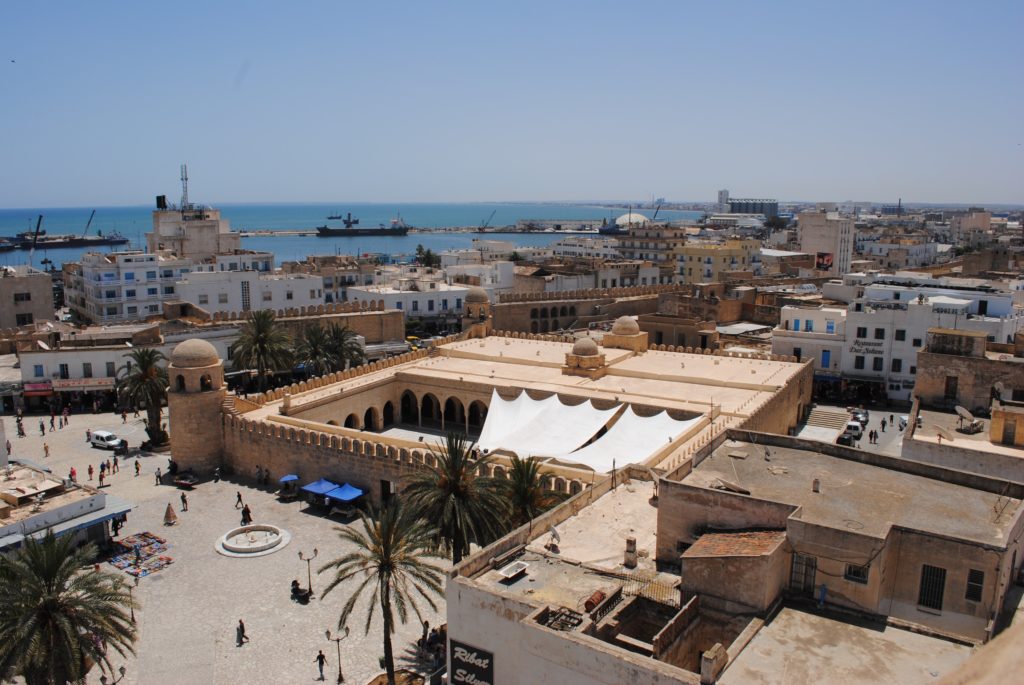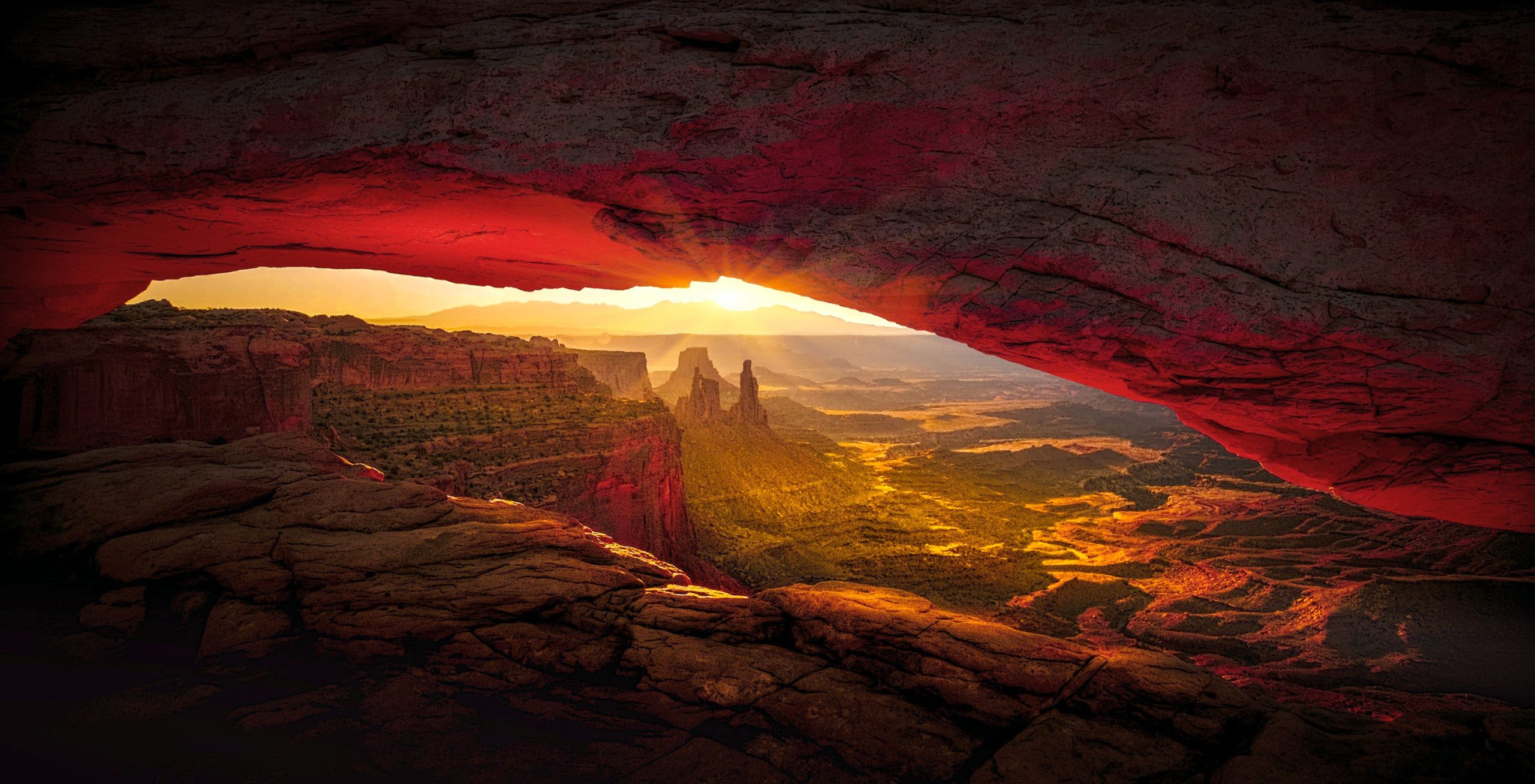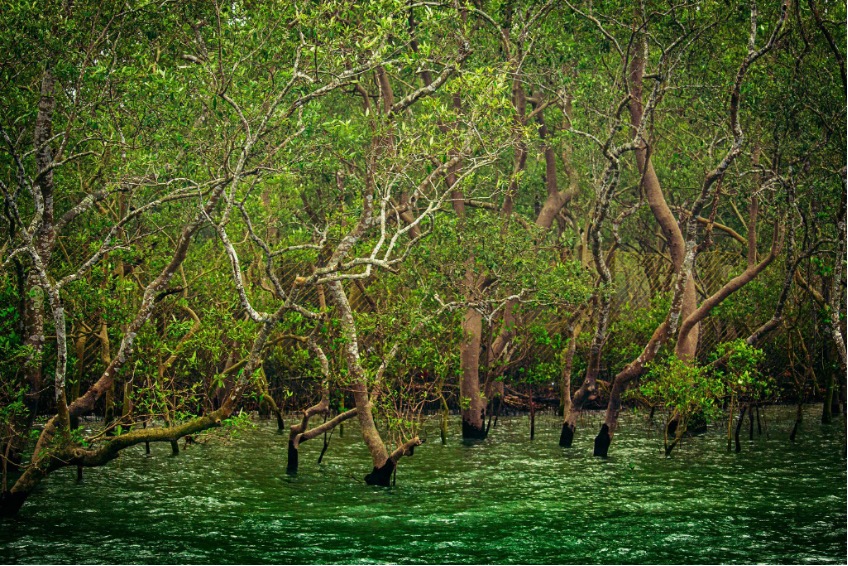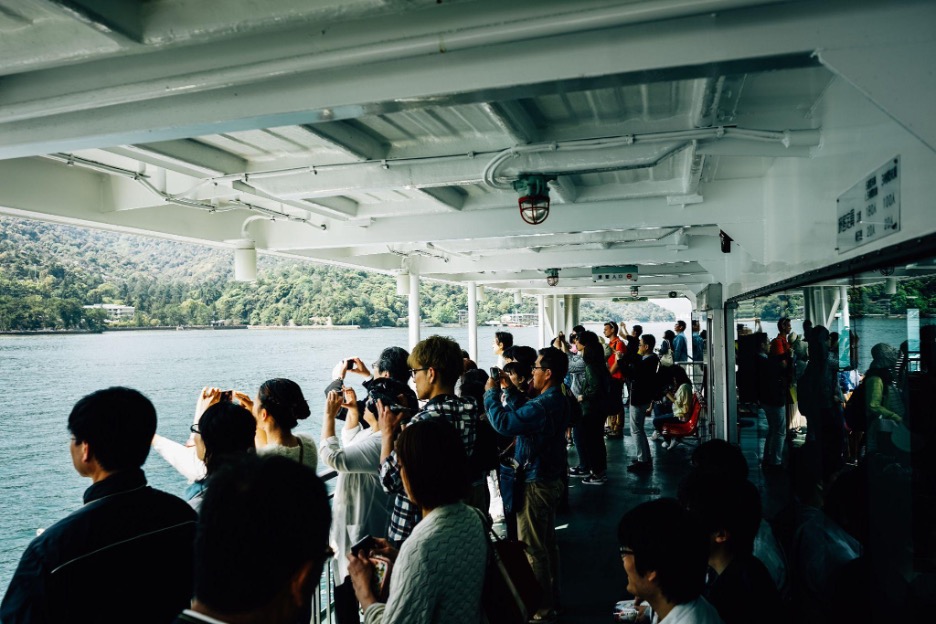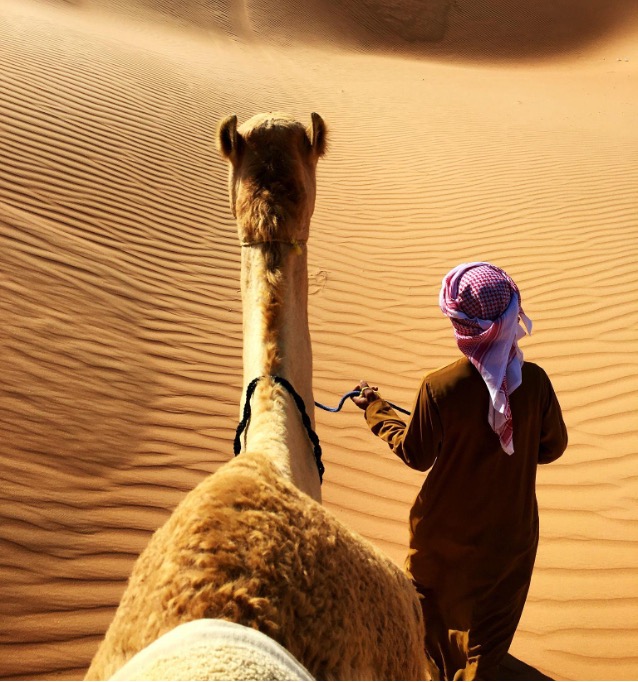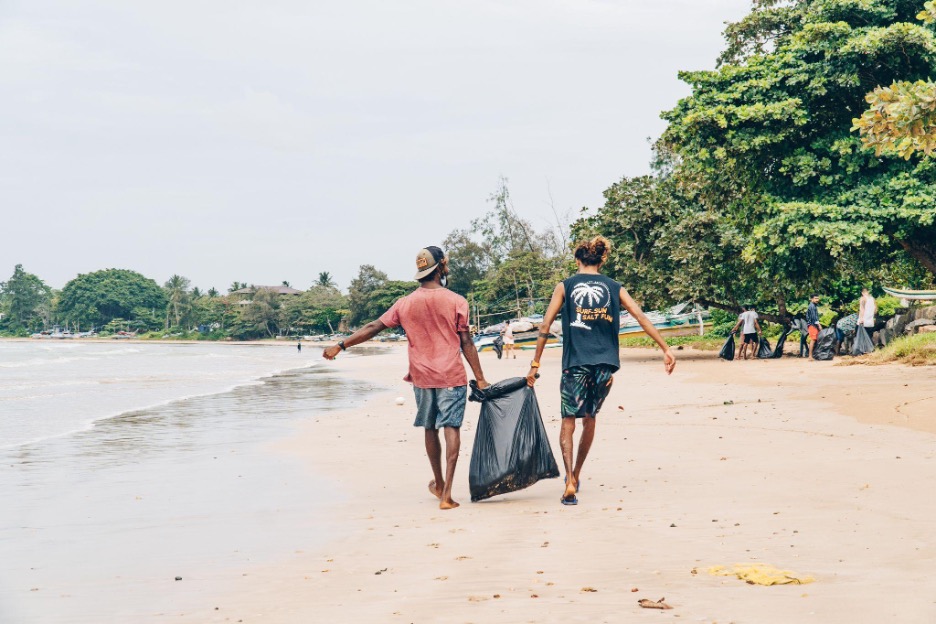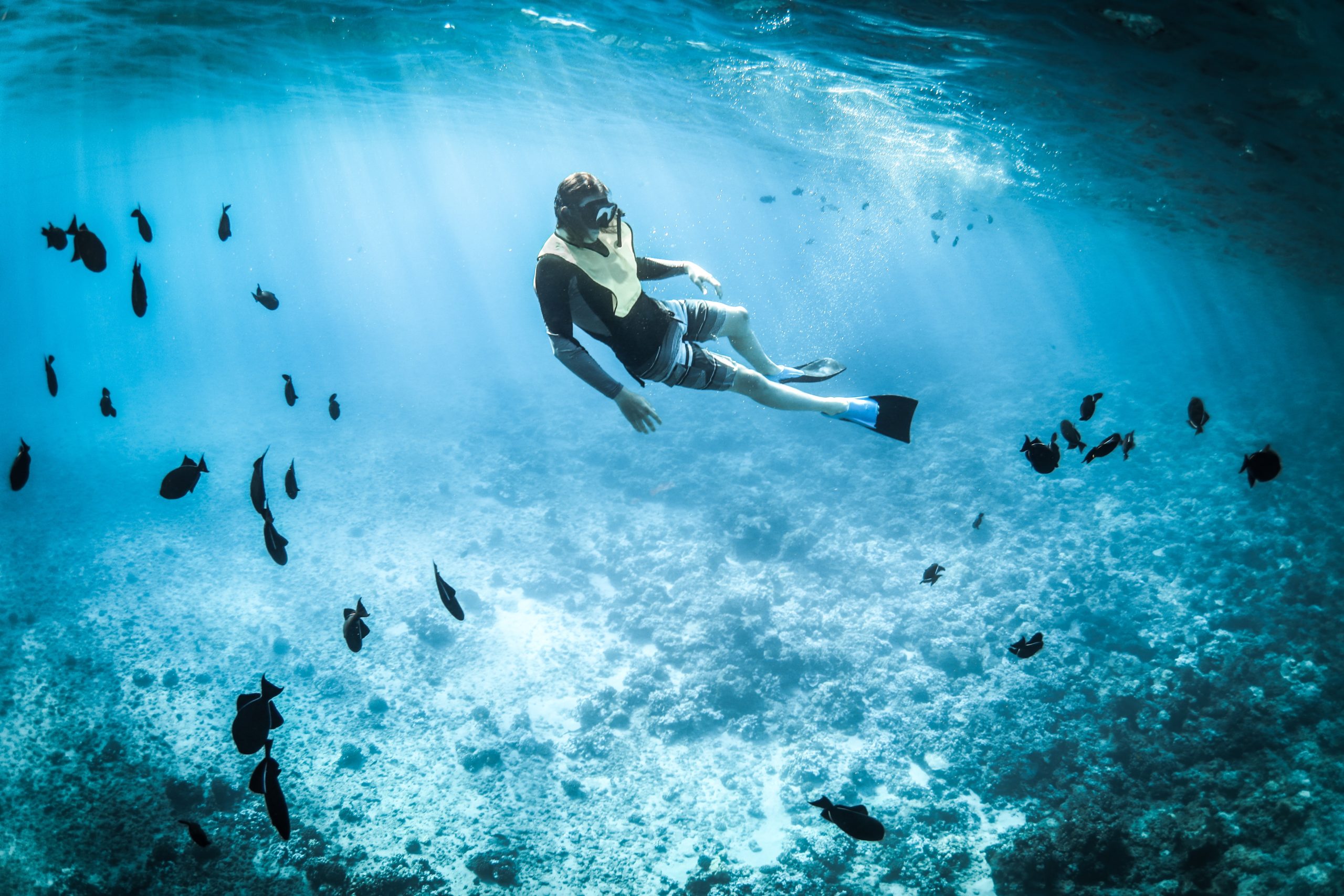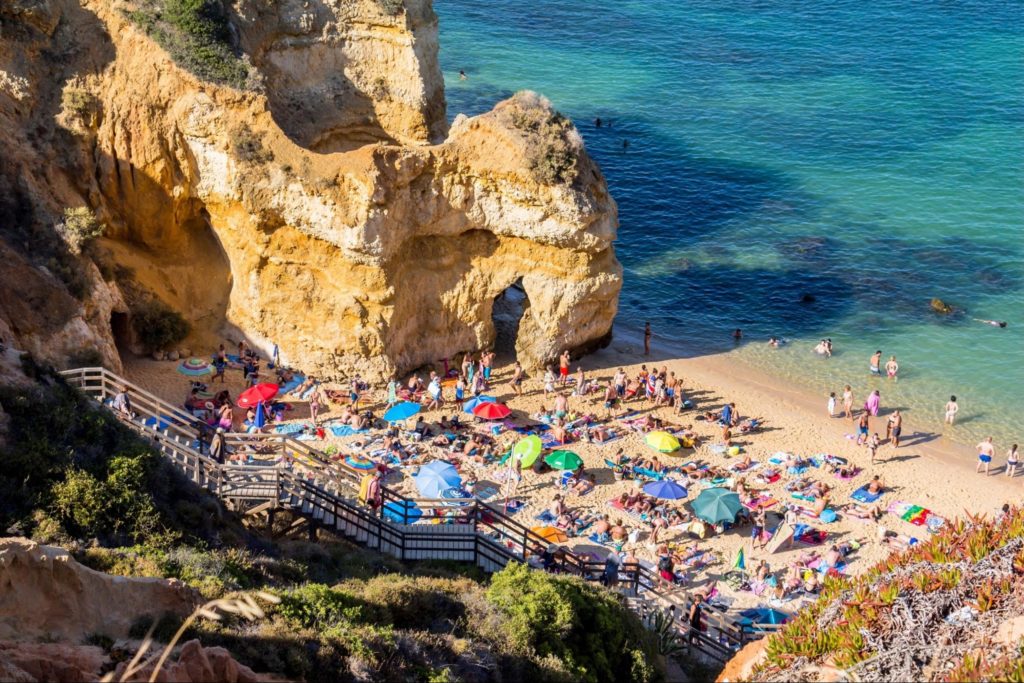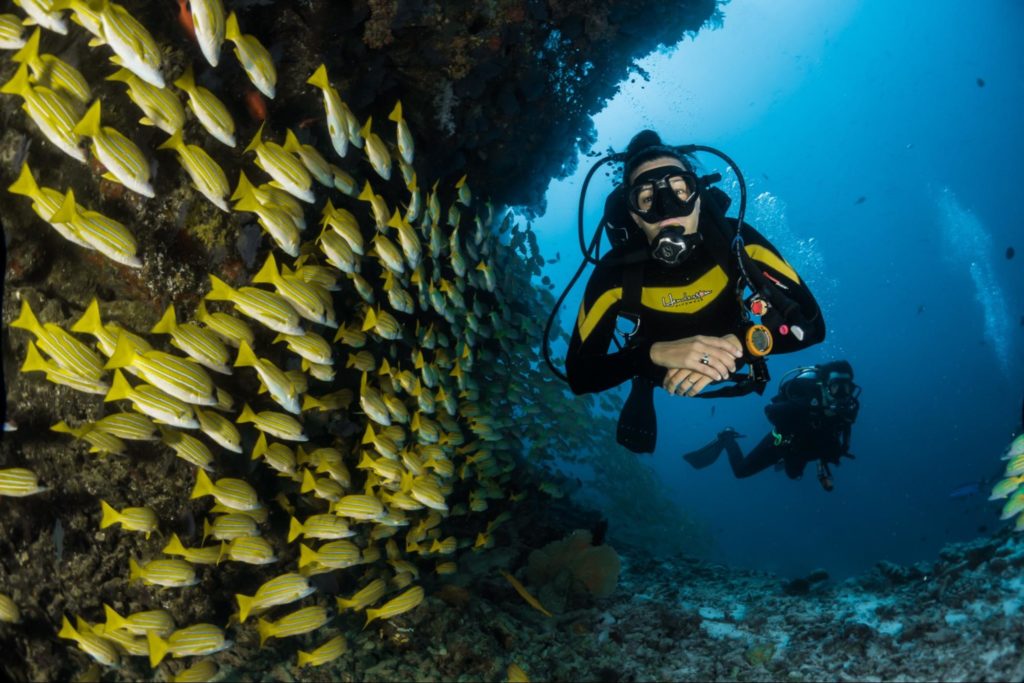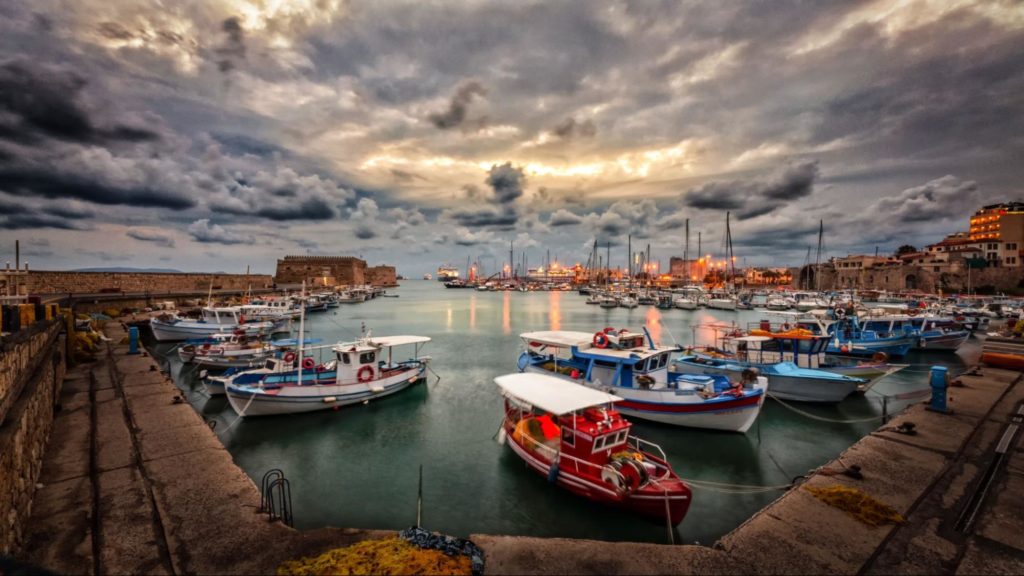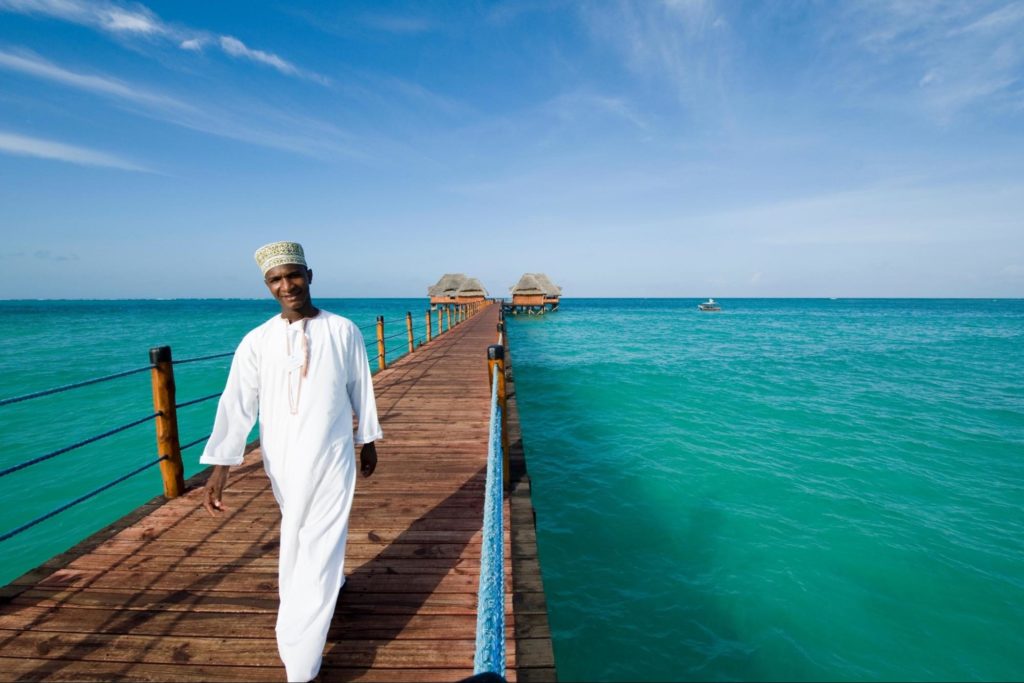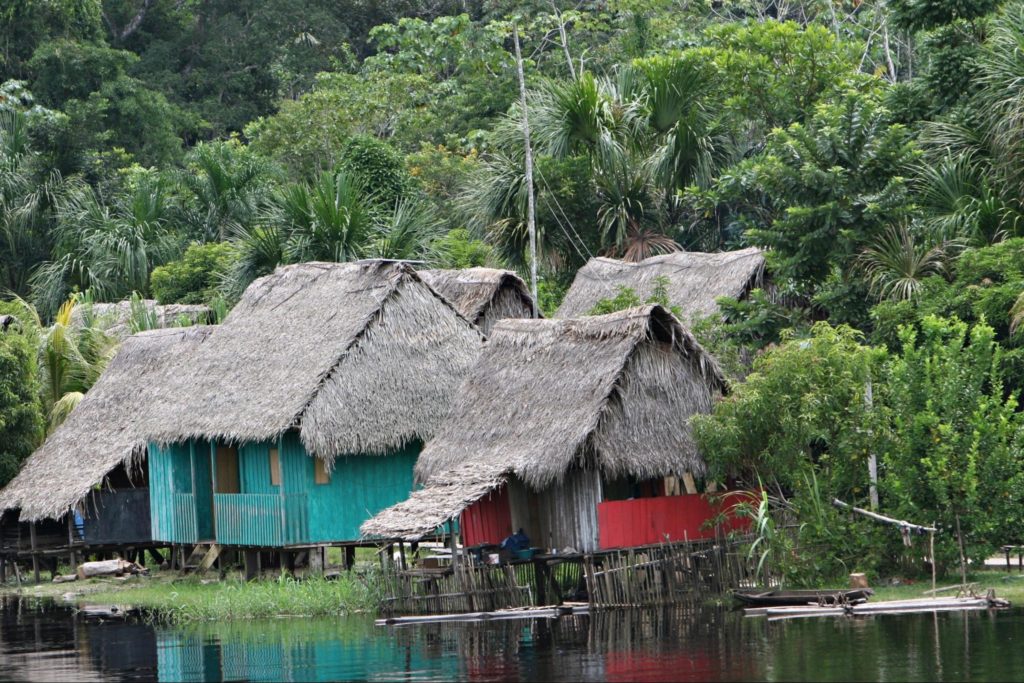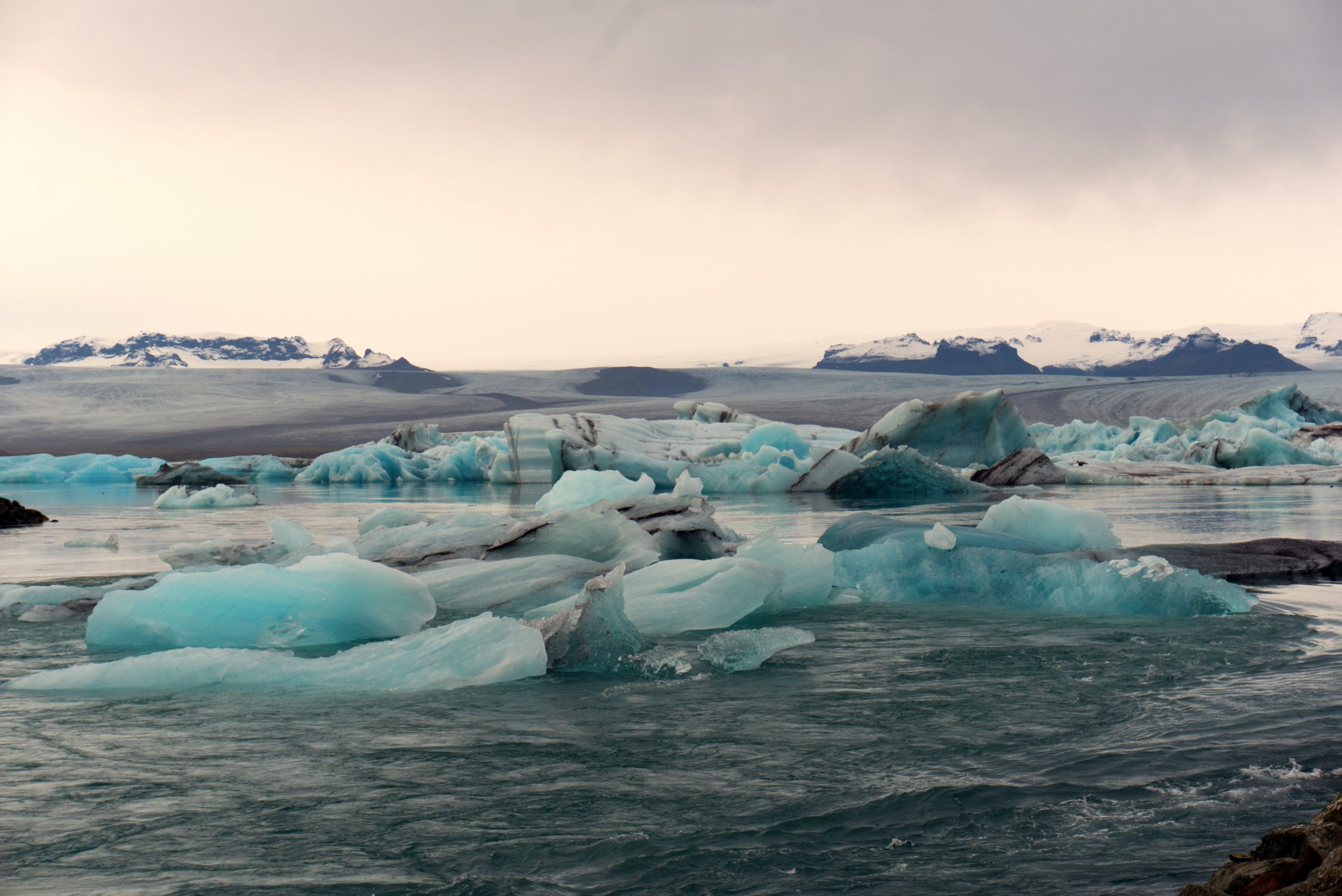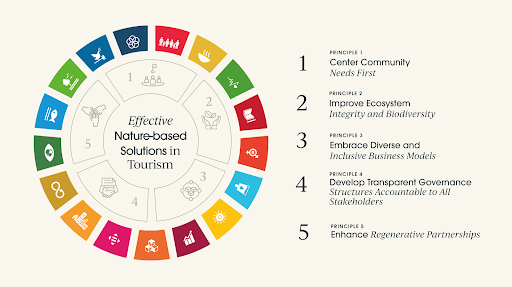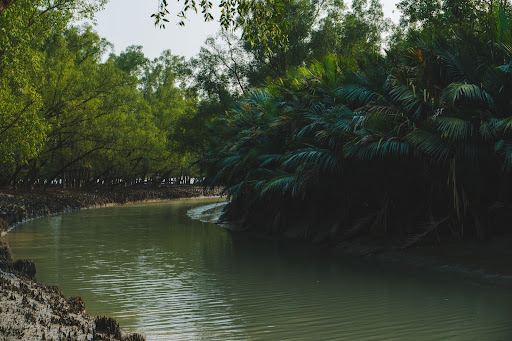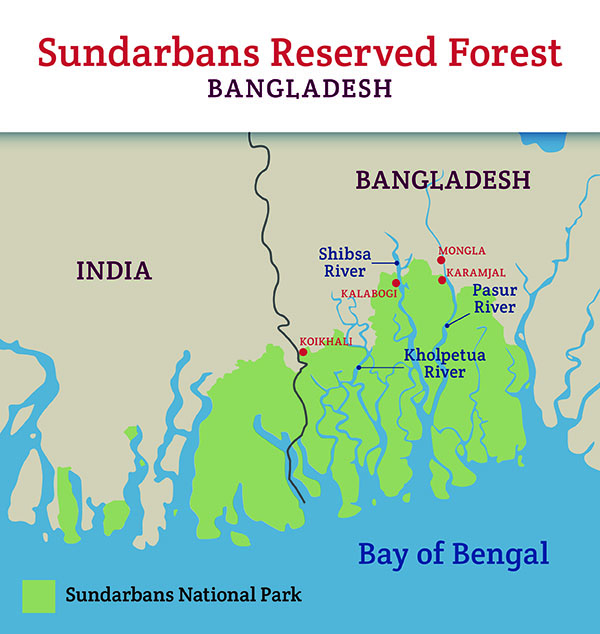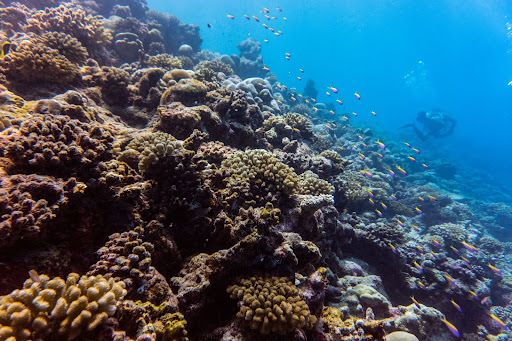The term sustainable travel comes with many interpretations. It can encompass anything from staying in eco-friendly accommodations to taking one less flight. But, navigating what this means as a traveler can be complicated. In the simplest terms, sustainable travel refers to efforts to engage in environmentally friendly behaviors that limit tourism’s negative impacts on natural environments and local communities. Sustainable travel should be seen as a tool to help conserve natural resources, preserve and uplift cultures and protect the longevity of destinations for future generations. In this blog post, we will touch on some of the challenges the tourism industry faces and provide some thoughtful tips on being a more sustainable traveler in 2023.
The problems with travel as we know it
Pre-pandemic, travel was at an all-time high. But this boom did not come without negative implications. Destinations became burdened by overtourism, with some cities experiencing gentrification due to skyrocketing costs of living, increased congestion, pollution and strains on limited resources. Overtourism has also been an issue for destinations without the necessary tourism infrastructure needed to support an influx in arrivals, leading to detrimental environmental impacts on natural ecosystems. All of which ultimately impact a traveler’s experience as well as locals who call the destination home year-round.
In addition to overtourism and degradation of ecosystems, the way we get around results in a serious amount of CO2 emissions, further exasperating the climate crisis. The days of jet setting around the globe, hopping from one country to the next have led to increased emissions, with UNWTO reporting that flights have produced 915 million tonnes of CO2 in 2019 alone. With the interconnectedness of today’s world, low cost carriers and the ease of booking travel, it’s never been easier to get around. But the ease of travel has implications for the environment and society at large.
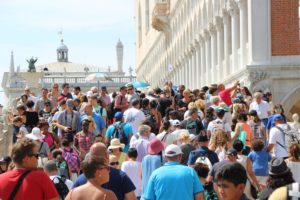
Tourism is one of the planet’s largest industries and one of the most significant exports and drivers of economic growth. Tourism accounts for 10% of all economic activity and supports 1 in 10 jobs. It is often the primary source of foreign exchange earnings in developing economies and the most viable option for sustainable economic development. This is true of no other industry. But this doesn’t necessarily mean that the destinations we know and love are benefiting from our visit.
Tourism leakage occurs when the revenue generated by tourism is lost to outside economies. What this means is that the money you spend in a destination rarely stays there to benefit the local economy. In developing countries, this is a major issue as the very economic activities aimed at catalyzing growth actually do very little. According to estimates by the United Nations Environmental Programme (UNEP), for every $100USD spent on a holiday, only around $5USD stays in a developing country’s economy. This equates to an average leakage of 95% and is a global issue that many key stakeholders are working to improve to secure an equitable future for local community members. For example, in the emerging destination of the Republic of Congo, Solimar International is working on developing projects where tourism dollars directly contribute to conservation efforts and to promote the country as an international ecotourism destination.
Our top sustainable travel tips for 2023
Visiting destinations close to home or halfway around the globe offer travelers the ability to engage with different environments, cultures, and ways of living. These experiences enrich our lives and ultimately shape how we perceive the world – not to mention the impact they have on our personal growth and development. But travel is a two-way street, and the importance of how local community members and destinations are impacted by individual travel behavior should not be undermined. We can all agree that travel gives us so much, but it’s time to begin reflecting on how we can give back to the people and places we visit.

It’s not all doom and gloom – travelers around the globe are becoming increasingly conscious about their choices when embarking on trips near and far. According to the Sustainable Travel Report published by Booking.com, a staggering 87% of respondents said they wanted to travel more sustainably. But what does that actually mean, and how do those intentions translate to more sustainable travel practices? While there is no single answer, there are many considerations that sustainable travelers of 2023 can consider before departing for their next trip. Below you will find our top considerations to making more well-informed choices during the planning process and while at your destination.
1. Seek out information from a Destination Management Organization (DMO)
Today’s travel space is flooded with information that can be useful in planning your next dream getaway. From blog posts to Youtube videos, booking engines like Trip Advisor to the influence of social media, the sheer quantity of resources can be super helpful – but also incredibly overwhelming. With algorithms and optimization, the smaller tourism players can be difficult to find from a quick Google search, which leaves travelers in a difficult place during the planning process. But there are ways you as a traveler can seek out those local, equitable and authentic experiences.
One such way is by looking for a Destination Management Organization (DMO) in the destination you plan to visit. DMOs are the backbone of tourist destinations as they exist exclusively to promote the area, attract visitors and develop a regional economy. Seeking experiences through a DMO can be helpful in guiding travelers toward lodging providers, attractions, restaurants, and retailers that represent the long-term goals of a destination. In short, DMOs can assist you in finding authentic interactions while supporting sustainable tourism initiatives that make the overall experience more enjoyable for you and local community members.
2. Visit emerging destinations
Another consideration you should be mindful of is choosing where to go. As mentioned above, there are many popular destinations that receive far too many tourists, leading to the various negative impacts of over-tourism. When you’re brainstorming destinations for your next getaway, you should challenge yourself to visit more off-the-beaten-path cities, countries, and regions, also referred to as emerging destinations. Emerging destinations are places with significant potential, where policymakers and local stakeholders alike need to make significant efforts to turn available resources and attractions into appealing tourism products.
While emerging destinations may not be on the top of your Instagram feed, they can provide incredible experiences for travelers through unfiltered and raw experiences, pristine environments and, the potential to be the only person at a key attraction. Some examples of emerging destinations are Georgia, The Cook Islands, and the Northern Territory of Australia.
3. Stop in a second city
If visiting an emerging destination is a little too raw for you and your next adventure, a stop in a “second city” is a good alternative. A second city can be any lesser-known destination that may not be the most popular choice for foreign visitors, but still offers the cuisine, culture and attractions of a country. Venturing to a second city will allow you to escape the overcrowded tourist areas all the while providing you with a more immersive look at local life. Instead of checking out Berlin, Canggu, or Phuket – consider Hamberg, Amed, or Ko Chang.
Wandering the road less traveled and avoiding mega hotspots allows ecosystems to regenerate and will give you a few extra benefits, some that may even be good for your wallet. In general, you can expect your money to go further in lesser sought-after destinations as heavily touristed areas usually charge a premium for food, lodging and even that coffee you get every morning. In addition to many other benefits, going to second cities helps contribute to the local community and economy that otherwise mainly caters to locals.
4. Choose the right season to travel
When you travel matters and has an impact on the way you experience a destination. Getting your timing right can mean many things like catching that local festival, experiencing the Northern lights or wildlife migration, or avoiding the rainy season in a tropical destination. While all these factors will contribute to and influence your overall decisions, avoiding destinations during peak season will help you be a more sustainable traveler. Have you always dreamed of visiting the canals of Venice or the sparkle of the Eiffel Tower in the evening? We’re not recommending that you throw those aspirations out the window, just that you’re more thoughtful when choosing when to visit. Traveling to those usually packed destinations during shoulder seasons can help minimize your impact on an otherwise overtouristed destination. A shoulder season is the period between high season and off season. Some destinations may be entirely closed during off-season, while others may experience crowds year round. There are some significant benefits to venturing to a destination during a shoulder season for example lower prices, better accommodation options and less crowds. This type of travel is also more considerate to local populations, giving the over-touristed destination a much needed break and spreading out income generation throughout the year.
5. Do your homework
But really, we mean it. Travelers have the responsibility of making themselves aware of social and environmental challenges destinations may be facing before embarking on their trip. Understanding some of the key issues helps you be more mindful of the way you interact while visiting. This doesn’t mean you need to spend hours researching before you go, but rather that you inform yourself of anything you should be aware of in order to “do no harm” in-country. For example, tourism often puts additional pressure on natural resources through over-consumption, and this can be especially harmful in places where resources are already scarce. In developing countries where locals may live without the everyday amenities we are accustomed to back home, this can be especially harmful.
Water scarcity is one such example. Swimming pools, golf courses, perfectly kept gardens and a shower in the morning, in the afternoon after a few hours spent by the sea, and a quick rinse before going to bed – you get the point. While there’s nothing necessarily wrong with these activities (and personal hygiene routines), it ultimately depends on where you are staying. In arid environments, dryer regions, or destinations with less infrastructure in place, engaging in the overconsumption of scarce resources ultimately leaves residents high and dry. The same goes for energy usage. In places with frequent power cuts, you as a traveler have the responsibility to lessen your footprint. Whether it be resource scarcity with water, power, and land, or the pollution created by solid waste, and sewage, the golden rule is to act more in line with locals. It’s a privilege we are able to jetset around the globe!
The same is true for social challenges. A big part of travel is learning how to be more sensitive to other people’s cultures. But know that these norms may not be the same as back home. Showing respect to elders, understanding how you should dress when visiting sacred places, and avoiding public displays of affection are some minor examples. But being a well prepared traveler requires you to also have a basic understanding of a destination’s political climate, laws and regulations and religious practices. Each and every destination is unique and comes with it’s own nuances and ways of life – that’s what makes travel so special, right? As you move through the world, embrace differences with an open mind, rethink the stereotypes and biases you may have had before your arrival and always respect social norms even if you don’t agree with them.
6. Actively participate and reflect during your travels
This one may seem obvious, but you’d be surprised with the number of travelers that bop from one destination to the next with few interactions with local people and places. In today’s globalized world, it’s easy to find the creature comforts of life back home – but is that what travel is really about? Get out of your comfort zone, venture off the main tourist streets, and push yourself to immerse in local experiences. The benefits of active engagement while you travel are two-fold. As a traveler, you’ll receive a multitude of benefits that span far beyond the end of your trip. You’ll have the ability to create more personal connections with the places you visit, which translates into a deeper reflection of the overall experience. Reminisce on your last trip, did you have a meaningful conversation with a local? Did you gain insight into daily life or see firsthand how the souvenirs you eagerly purchased for friends back home were made? Making intentional time for reflection during your travels may provide you with opportunities to gain that valuable insight and reconsider the preconceived narratives you may have had before embarking on your trip. You’ll also gain a deeper appreciation of the destination by having more participatory experiences, and locals will be greater for your eagerness to learn!

You can do many things as a traveler to be more mindful when you go abroad. From packing a reusable water bottle, to staying local, the options to lessen your impact on the environment and the communities you visit are endless. As we explore the world, it’s our responsibility to lessen the burden we leave!
